…whether that basket is labeled “Fakes” or “Authentic”…especially until you are sure!
In this case, I’m referring to the strange and mysterious “Stauffer” harp guitars that are actually shaped like an egg.
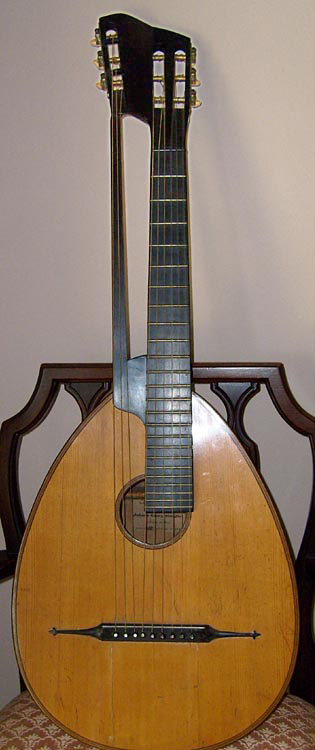
The surviving specimen at left was not the first I had heard rumors about, but the first I came across – or rather, it came across me – as Harpguitars.net editor – six years ago (it’s been on the site since then, under Form 2c). The owner (a private party in the States) was then looking for an appraisal.
Problem was, I am largely clueless about Viennese instruments, especially the complex labels (though am far more educated now, thanks to Erik Hofman’s new Stauffer book). Here’s the label: what do you make of it?
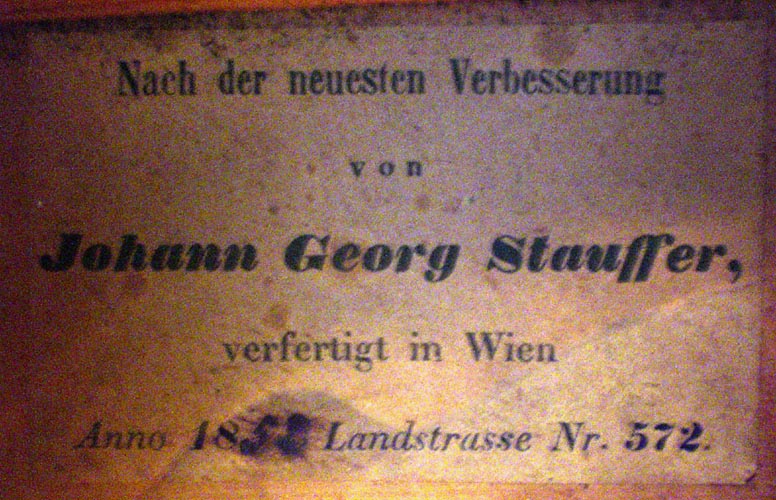
I thought I remembered Johann Georg Stauffer (the father) getting out of the business way before 1852 (in fact, didn’t he die around then?). That phrase “Nach der neuesten Verbesserung von Johann Georg Stauffer” can be taken to read “After the latest innovation of…” or “According to the recent improvement of…” – not its only translation option, by the way. So I had this naively pegged as a possible Scherzer instrument (who had built for Stauffer – but not that Stauffer, as assumed from the Makaroff memoirs – but instead, the younger Stauffer, the son Johann Anton Stauffer…see why this gets so confusing?!).

I also knew nothing of the design and introduction (or was it random experimentation?) of these unusual oval-shaped guitars – who, where, when? I was also amazed by the second floating back, something I had thought a Scherzer idea.
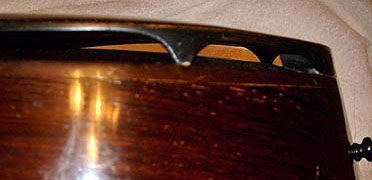
As I said, being rather lost, I wrote a few (not all) of my associates in the Early Romantic Guitar field for their opinions. I’ll leave out the names if you don’t mind.
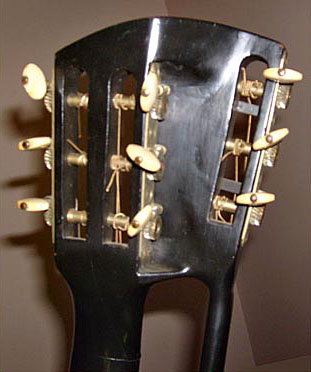
Like I, one thought the label implied “after the newest improvement by…” – meaning, as the inventor of, not necessarily as the maker of. That person also thought the tuners and other features looked suspicious for the period and guessed late 19th century. That’s as detailed as anyone got. Two others were interested in acquiring it (regardless of specific provenance), one said I had “a nice German guitar, worth about $800, I guess. The label looks like a joke,” and yet another (who was approached separately from referrals) formally appraised it for the family for $25,000. Clearly, this was a divisive instrument! (Anyone ready to change their vote yet?)
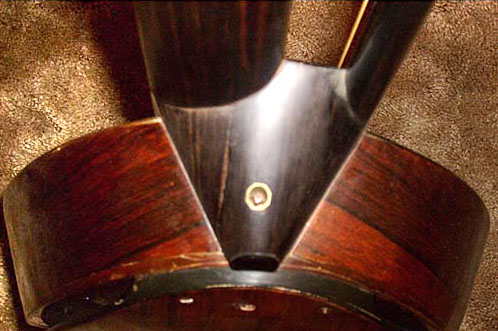
I did make a reasonable but cautious offer on the behalf of one friend (and/or myself), which went unanswered.
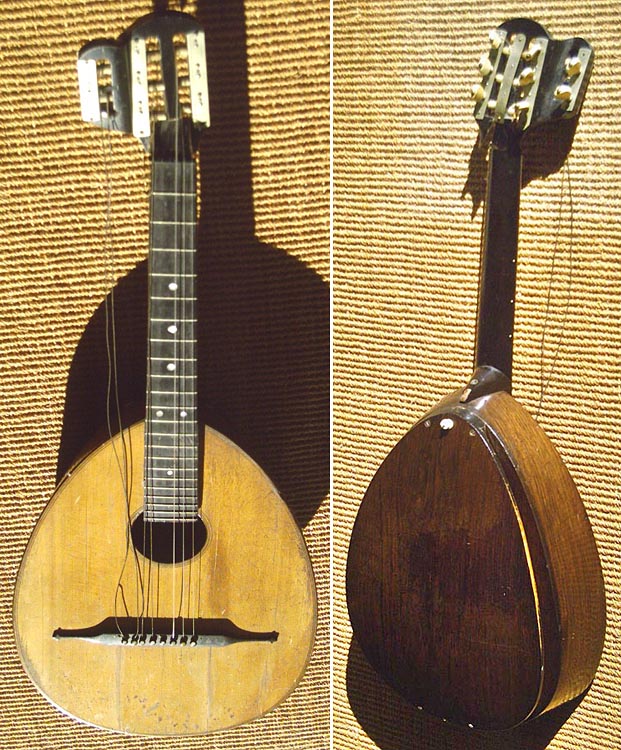
Much later, I was hoping to see it in the Stauffer & Co, book, but it turned out that Erik had never been able to inspect or photograph this particular instrument. He does allude to it – and another, like this similar Stauffer from 1848 (also in private, confidential hands) – but specifically addresses the label (and includes one), as he appears to have cracked the code (and what a story). Frankly, I’m surprised the news isn’t making more waves (well, not so much with the $800-value crowd, but at least with the $25K camp!). Perhaps it’s being quietly debated around music room water coolers (if that’s something “early romantic guitar” nerds do).
So back to the above instrument: Who, when, where? Ah, for that you’ll have to get your own Stauffer & Co. book and form your own conclusions (no, I’m not getting any kickbacks from sales [though I should!]). (P.S: The owners still have no further opinion on it)
Still, the final discussion should probably take place once all the players, builders, scholars and experts have examined it, don’t you think? For that to happen, someone will actually have to buy the dang thing, and it ain’t going for 800 bucks, in case you couldn’t guess. The owners agree that it belongs in a museum or private collection that will do it justice. I just hope it goes to someone that doesn’t hoard and hide their treasures. I’m happy to put any serious parties in touch with the seller (If you can afford it, then you can certainly afford my low 5% finder’s fee…). My fear, though, is that it might sit for another several years, or forever, I suppose – and just be another curious blog topic.
Important, historical, valuable, authentic or suspicious – it is one cool guitar!

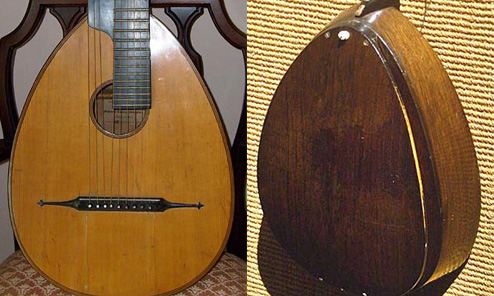
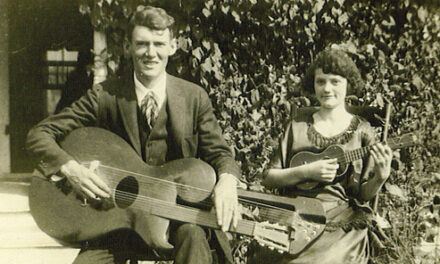
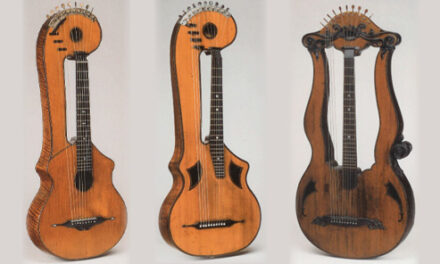
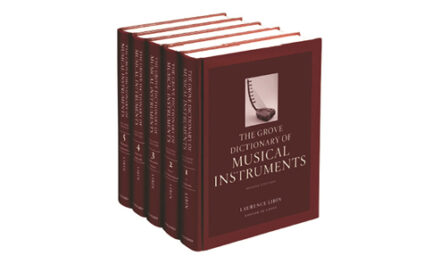
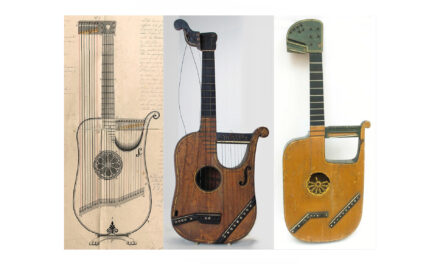
I own also a Stauffer guitar like this one. It is strange that my guitar bears on the label the same text and number (572)